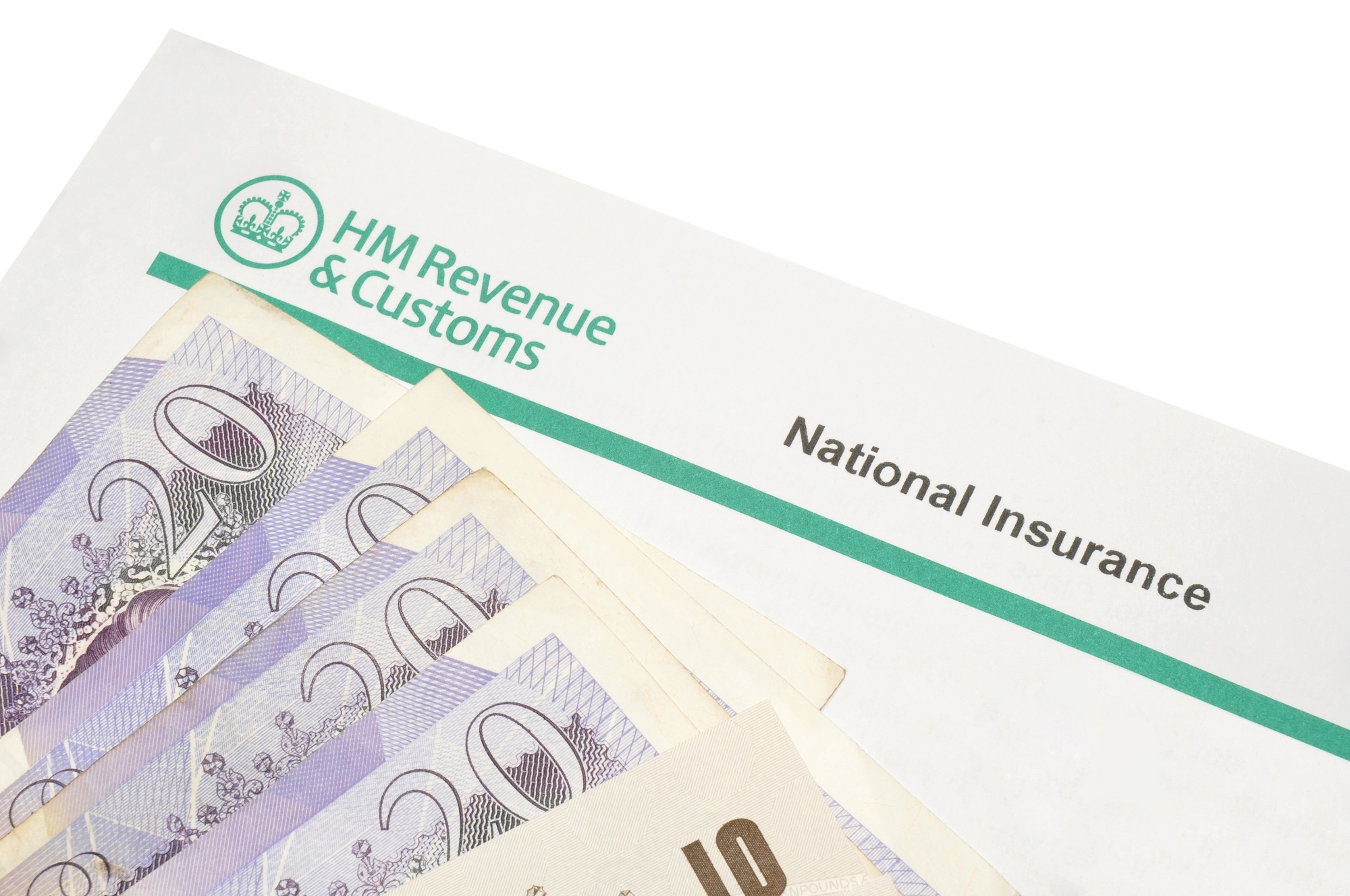In a clear breaking of a manifesto pledge, Boris Johnson has announced a 1.25% tax levy, to be applied through National Insurance (NI) contributions and dividend taxation, to help plug a funding gap in NHS and social care spending. But what does this mean for you?
How much extra will I pay?
As an employee, the amount of NI you pay will be increased by 1.25%. It may not sound like much but on an average UK salary, which is deemed to be around £30,000 a year, you will pay around £255 more per annum, just over £20 a month less take-home pay. As an employer, the additional 1.25% will be matched through employers contributions, so they too will have to pay an extra £255 to the government, using the same salary example. For the self-employed, the NI increase will be reflected in the contributions they make based on their profits.
Those drawing their income through a mix of low salary and dividends will also see an increase in taxation as the dividend tax rate is increasing by 1.25% (rising from 7.5% to 8.75%), ensuring that the contributions are evenly spread. But people earning under £9,564 a year, or £797 a month, don’t have to pay National Insurance and won’t have to pay the levy.
When will this happen?
The new levy will be introduced from April 2022 but it will only be charged as an uplift in NI until April 2023. After that point, it will become an additional tax in its own right and will be delineated on payslips, accordingly, sitting alongside income tax and NI contributions. As a levy on NI, it will only be paid by those in work and not receiving state pension. However, as a tax in its own right, it will be paid by those receiving state pension but still working.
The reason for this differentiation (levy on NI vs dedicated tax) is because in the year 2022/23 the additional funding will be used to support catch up spending in the NHS in a bid to tackle waiting lists and issues caused by the pandemic. From April 2023 onwards the new tax will be ring fenced to pay for social care, enabling the government to bring in a cap on the lifetime contributions paid by an individual towards their own care costs.
How much will it raise in tax?
The government suggests that the new levy/tax will generate around £12 billion a year, the figure required to set the lifetime care costs cap at £86,000. But with the tax required to support the introduction of the cap, there will be a further delay, after the tax is introduced, before the cap will apply. Current plans are for the cap to apply from October 2023.
Will the health and social care levy rise?
The introduction of the tax is arguably the hardest part. Whilst the government has initially set the bar at 1.25%, like income tax, NI, VAT and all the other taxes in its armoury, the health and social care levy will be another lever for future governments to use to raise money. By ring fencing it for health and social care, the government should only use it for that purpose and the reality is this is an area that will only demand more spending overtime. But whilst it should not be used as a trojan horse to support public spending in other departments, it is highly likely that it will see increases in years to come as care costs rise and future governments see reductions in the cap as an election winner.
